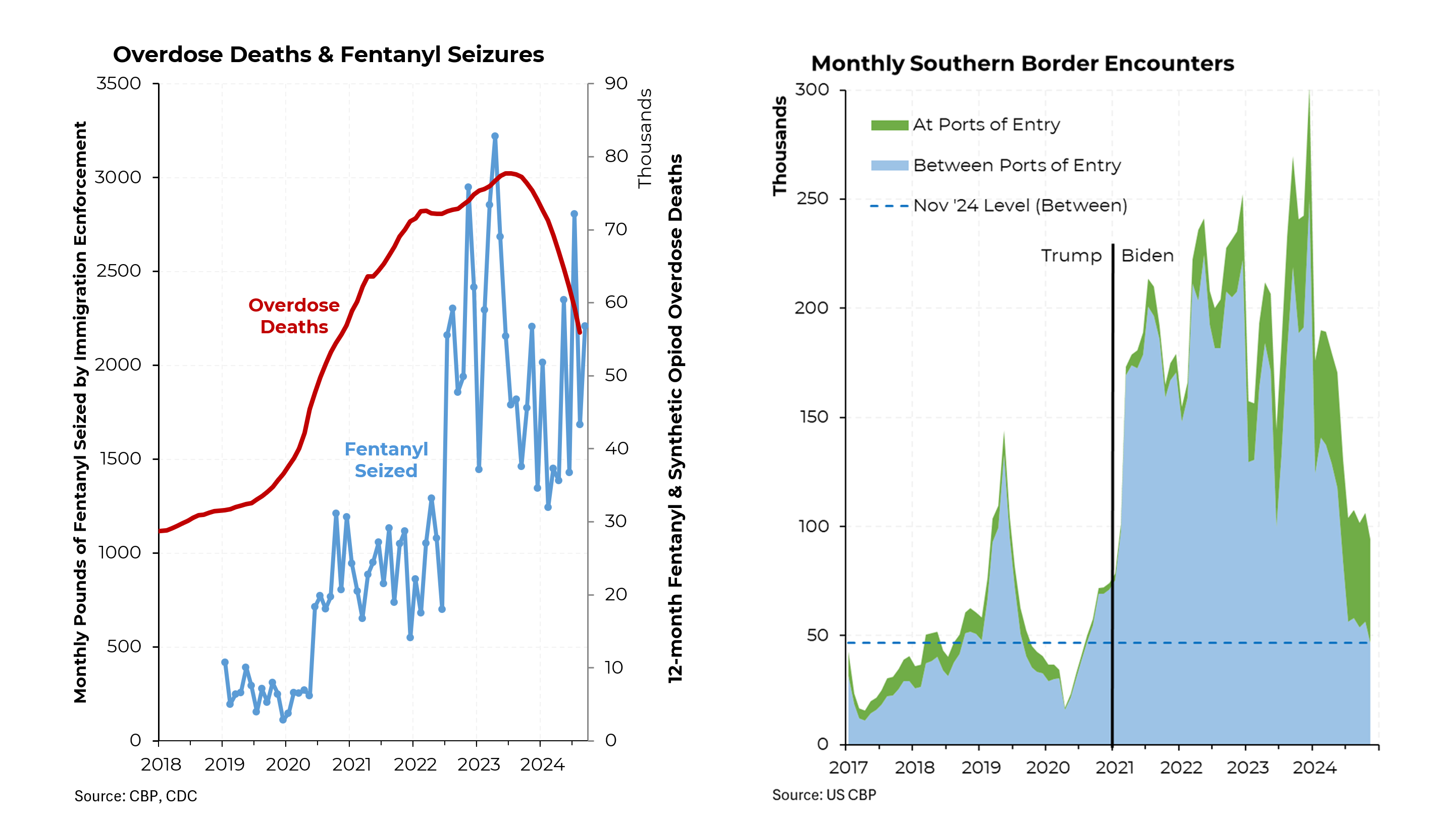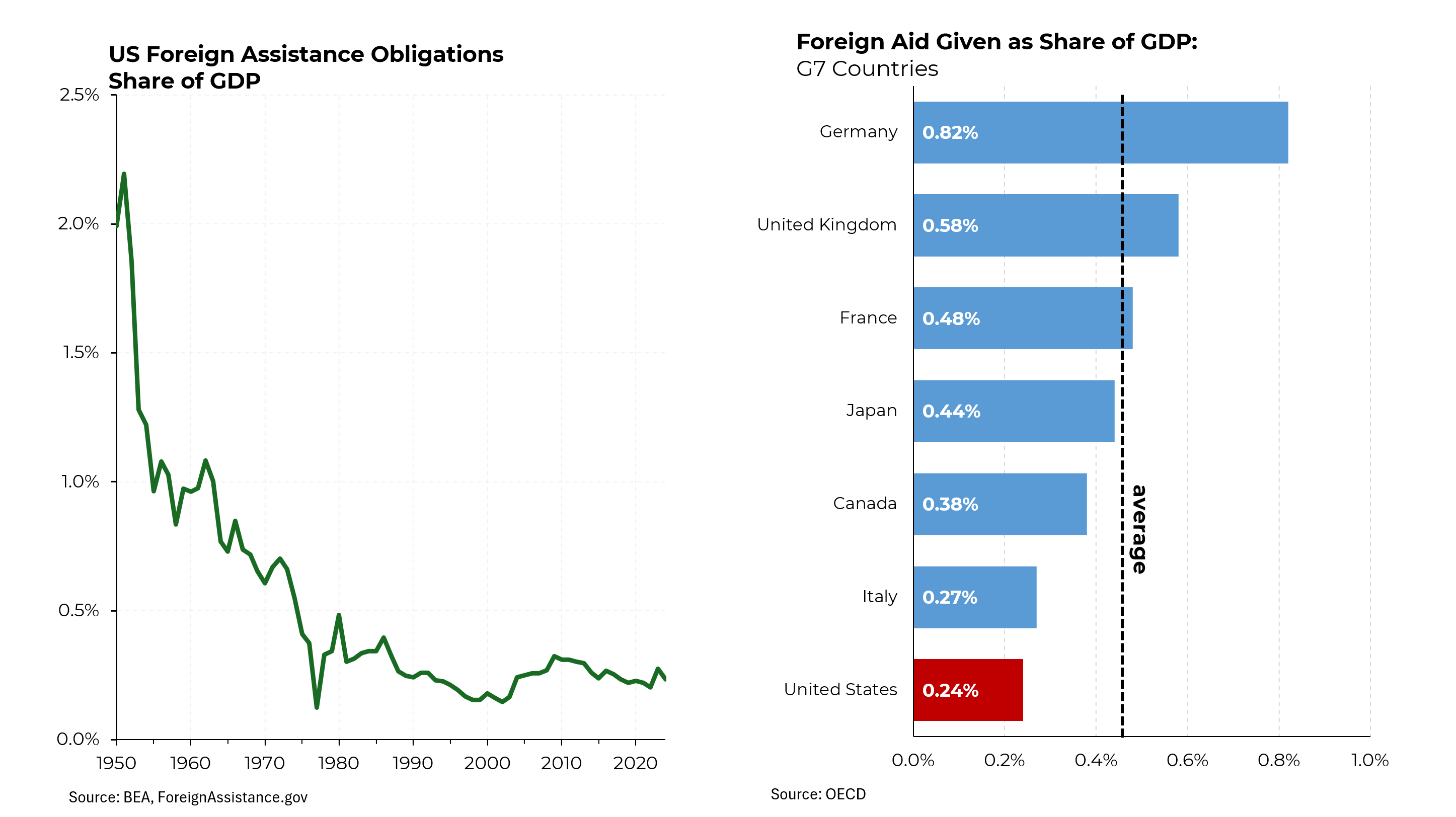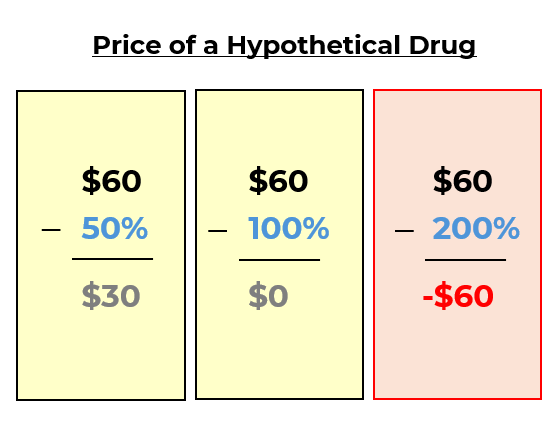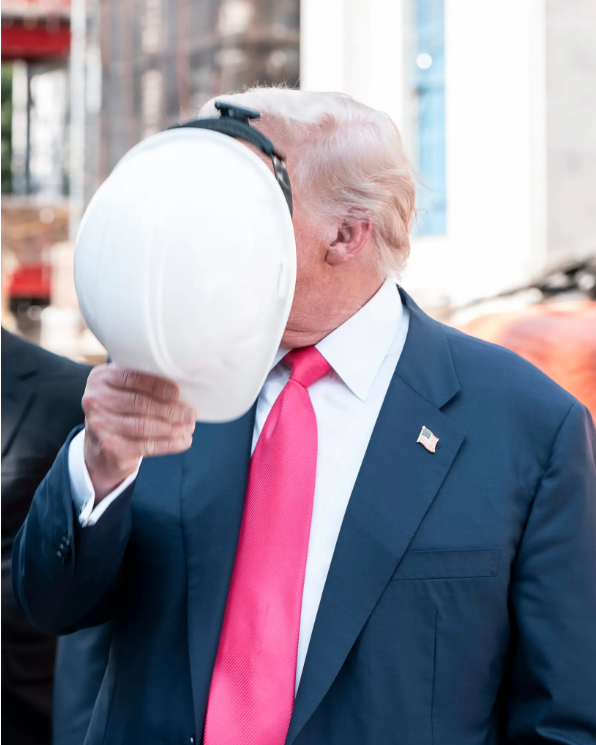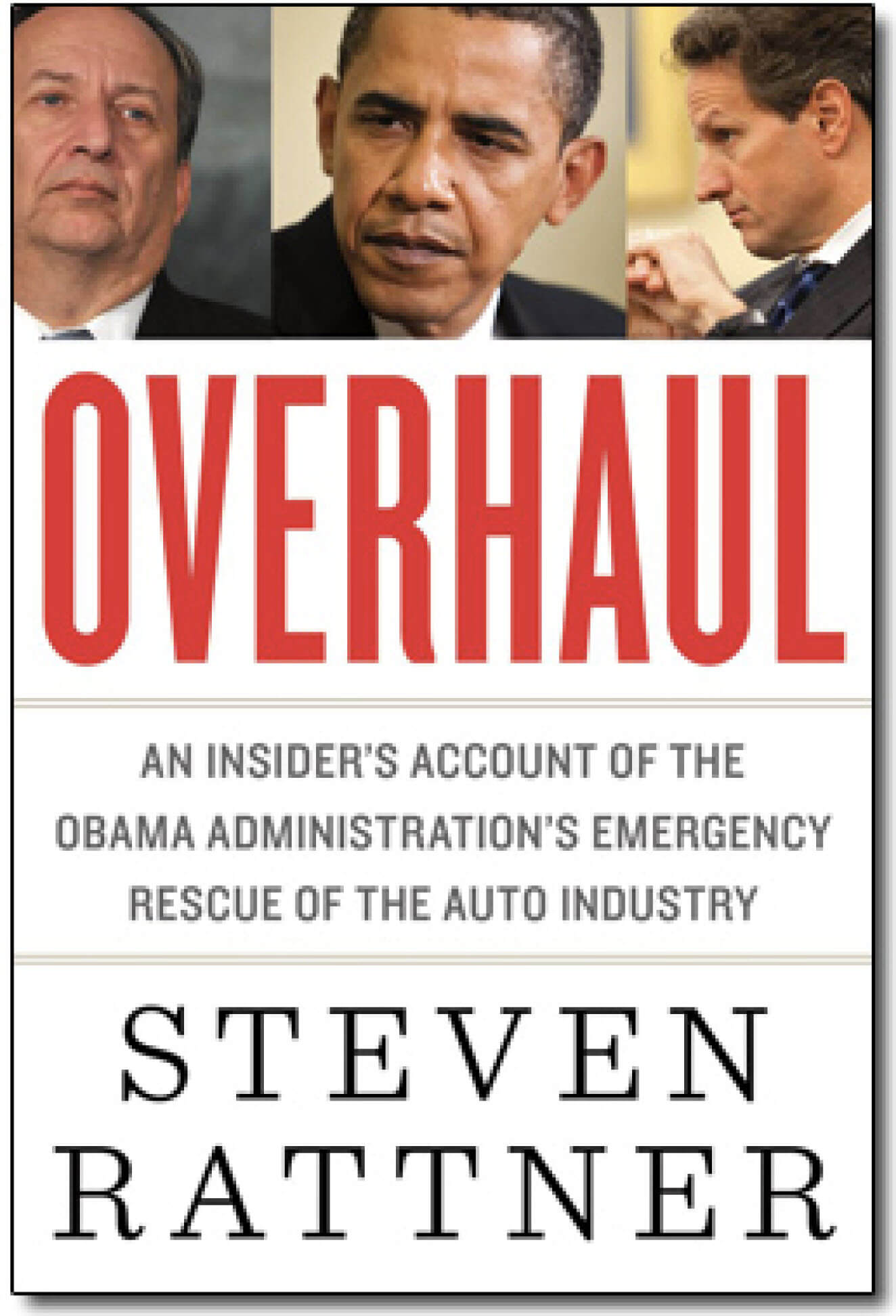In a wild 48 hours, President Donald Trump imposed large tariffs on our three biggest trading partners (Mexico, Canada and China) and then paused them on our two closest neighbors for 30 days while the two sides try to work out a settlement. What that resolution might amount to remains unclear, particularly in the case of Canada.
To add to the commotion, on Monday, the administration took steps to shut down USAID, our biggest provider of foreign assistance.
The announcement, which was previewed on Friday afternoon, sent stock markets swooning. From its midday Friday level, the S&P dropped by 3% to its Monday low point before retracing part of its drop after the pause was announced. The Dow Jones Industrial Average had a smaller decline because it is more heavily weighted to manufacturing companies that would benefit from the tariffs while the Nasdaq Composite, which is disproportionately comprised of growth companies, fell by more, in part because of fears that the tariffs would cause an economic slowdown.
Why such a strong reaction? Because Mexico and Canada — along with China — are our three largest trading partners, together accounting for 42% of all imports. All told, in 2023, we imported more than $1.3 trillion of products from the trio; to put that in perspective, our gross domestic product in 2023 was $27.4 trillion.
The two principal reasons cited by Trump for the tariffs on Mexico and Canada were smuggling of fentanyl and illegal immigration. That was peculiar in the case of Canada because virtually no fentanyl or illegal immigrants come across our northern border.
With respect to Mexico, fentanyl smuggling is clearly a problem, although it has been a decreasing one since April 2023. And the newly elected president of Mexico, Claudia Sheinbaum, had already taken further steps to address the issue.
As for illegal immigration, this too had already peaked and crossings between official ports of entry is now below where it was when Trump left office in early 2021.
Nonetheless, Sheinbaum agreed to send 10,000 troops to the border to placate Trump while negotiations occur.
The USAID development was remarkable in part because it appeared to include a tug of war between Elon Musk, who advocates shutting down the agency entirely, and the new Secretary of State, who said that he would now serve as acting director and wants some of USAID’s functions preserved.
Let’s put our foreign assistance in perspective. American aid peaked after World War II, when the Marshall Plan played the central role in rebuilding Europe. By last year, our total foreign aid budget was just 0.2% of GDP, down from 0.48% in 1980. That puts our foreign aid budget as a share of GDP last among the seven members of the G-7, which average 0.46% — almost 2 ½ times as much.
The $63 billion we spend annually on total foreign aid is just 1% of our budget. But public opinion surveys have found that many Americans think we spend as much as 20% of our budget on foreign aid.

